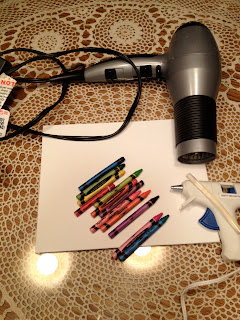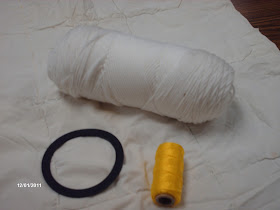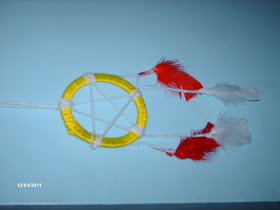This project is for all ages, from the primary to high school and adults classes.
This is a class that show how the Native Americans delt with their childrens bad dreams. America is a country that has different cultures and nationalities. Most Americans are a part of more than one nationality.
1. The material that will be needed:
2. You take the twine and wrap it around the object that you have selected to be the main part of the dream catcher. Cover the base of the dream catcher until it is completely covered.
3. Once the circle is completely covered, you will start making a design inside the dream catcher. I chose a star to be my center.
4. Take yarn start making the design that you want to make inside the dream catcher. Start on one end wrap it around a few time a start making the star, going from one side to the other until the design is complete.
5. Once the star is complete, we start attaching feather to our dream catcher. Attach yarn to the feather by tying the yarn around the feather and knotting the yard. Tape the yarn down and tie the yarn to the dream catcher. Once all the feather are attached let tie a piece of yarn on the dream catcher so that we can hang it on the wall.
This project can be changed according to the student age. As the students get older the material for the dream catcher can become more harder to use.
Primary can use paper plates and beads and yarn.
Middle school can use wire and and beads or feathers. Look up the history about dream catchers
High school and Adult Ed classes can use tree limbs that can be soaked in water so that they can been into a circle and wired down and feathers. They can also write an essay about Native American culture.
Theresa Watson

















































